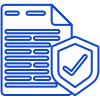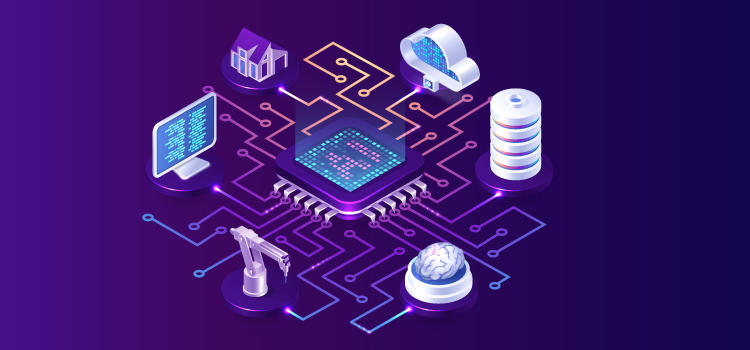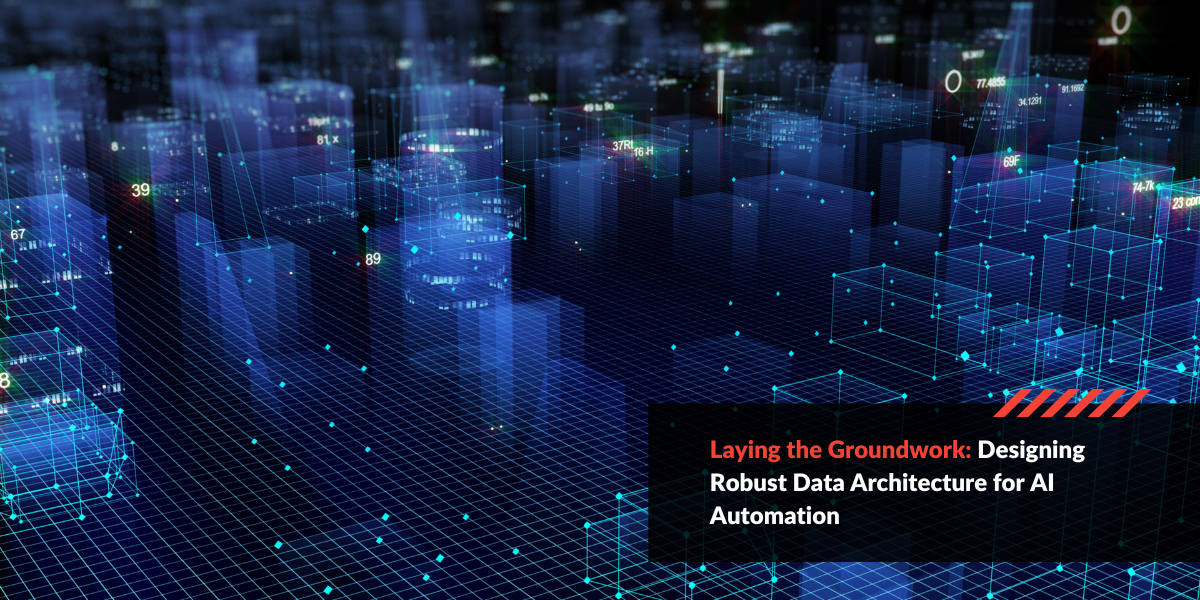Robotic Process automation (RPA) is a technological advancement that has recently gained significant traction due to its wide-ranging potential in various business processes. Many enterprises have resorted to delegating repetitive, rule-based processes to Robotic Process Automation (RPA). In fact, the RPA market is expected to grow at a projected CAGR of 33.6% over the next seven years.
RPA has numerous benefits – it accelerates turnaround time, reduces costs, boosts accuracy with near-zero errors, and enables higher throughput. While RPA can mimic human actions to automate repetitive tasks based on certain rules, Artificial Intelligence (AI) can process unstructured content that is typical in a plethora of business processes. Implementing both RPA and Artificial Intelligence (AI) together is known as Intelligent Process Automation (IPA) and it raises exciting possibilities for end-to-end process automation. By 2023, 40% of I&O teams will employ AI-powered automation, including IPA (RPA+AI), in large enterprises. This will lead to much higher IT productivity with increased agility and scalability.
Depending on the workflow or process you are considering automating, you may require RPA or IPA. In either case, both provide significant improvements over purely manual processes.
If you’re thinking of equipping your business with RPA and AI capabilities, we’ve made a list of nine use cases in common business processes and activities that can be automated by RPA and in some cases, IPA.
1. Data Entry and Migration
Most businesses still employ legacy systems to perform integral business processes. Archaic billing systems require that employees manually transfer data to other systems through formats like CSV, this can cause errors and consume time. With RPA automation your business can integrate all billing system interfaces and speed up processing. It eliminates manual errors and enables improved data analysis and insights by connecting data across systems.
2. Customer Onboarding
Customer experience during onboarding is a critical factor for B2C businesses. By integrating IA capabilities like document recognition and cognitive automation you can complete customer onboarding processes instantaneously and create seamless experiences for your consumers in the process. This can reduce onboarding time from days to just minutes.
3. Procure to Pay
Procure-to-pay processes are often centered around extracting invoice details from various sources like emails, ERPs and CRM systems. With IPA you can automatically extract structured data from various sources and unstructured content, even extracting information from forms submitted. When your procure-to-pay pipeline is IPA enabled, you can ensure that best practices are followed and that consolidated reports are automatically generated for all business transactions.
4. Quote to Cash
Sales are an integral component for the continued functioning of any business. Any mistakes made in sales operation can cost your enterprise severely. By combining AI tech such as Natural Language Processing (NLP) and Computer Vision your enterprise can excerpt information from documents regardless of format. Transfer data across systems through RPA bots for expediting order management, generating invoices and so on. With this automation in place manual errors can be minimized while providing faster customer service.
5. Mass Email Generation & Dispatch
Leave curating emails with information from several sources to RPA. When you have to dispatch them frequently, you can rest assured that these messages are being generated and sent out on time to the correct recipient with the added advantage of information accurately gathered from multiple systems.
6. Creating Periodic Reports
Generating consolidated reports to be sent out to managers and employees on a regular basis keeps operation efficiencies up to the mark and ensures that everyone is on the same page. Reports like these can be automatically compiled and dispatched by RPA in a timely manner to respective parties. You’ll be able to make informed and justified decisions with key stakeholders based on timely, updated reports.
7. Data Validation
A large extent of data validation controls can be programmed in company databases. However, the best tool your organization could use for the job would be RPA. This way data can be cross checked against publicly available data accurately and smartly.
8. PDF & Other Format Data Extraction
You can eliminate automate processes that require information to be keyed in manually when your systems are AI-augmented. IPA uses document understanding capabilities to enable data extraction from almost any format.
9. Data Updates
Updating data is an ongoing process in departments such as HR, marketing and customer service. Save time by deploying bots to update the required information from forms or emails, making sure that your inter-departmental business activities are functioning with the latest updates.
If you’d like to explore avenues where your business can benefit from IPA implementations, our AI team at Rapid Acceleration Partners would be delighted to take you further. Our next-gen, AI-powered content intelligence platform RAPFlow enables full lifecycle AI orchestration on a single platform. When used in tandem with our RPA tool RAPBot, it provides end-to-end workflow automation capabilities that can be deployed in just weeks. You can even build your own use case and the platform can easily integrate with your existing systems. Book a demo to get a more detailed understanding of how our products can transform your business.










